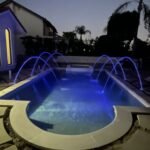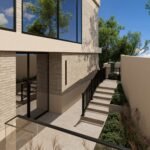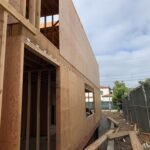By Hovik Akopyan
Introduction
Are you looking for unique building materials that offer both aesthetic appeal and functional benefits?; Why not consider a traditional Japanese technique that has captured the attention of architects and luxury home builders worldwide? Shou Sugi Ban. also known as Japanese charred wood, is a method that involves the charring of wood siding to enhance its durability and visual allure. This article explores the origins, benefits, and modern applications of Shou Sugi Ban.
The Origins of Shou Sugi Ban
Shou Sugi Ban, translated as “burnt cedar board,” is a traditional Japanese charred wood technique that dates back to the 18th century. It is primarily used in the coastal regions of Japan. The Shou Sugi Ban process involves charring the surface of wood—most commonly cedar—to preserve it. This technique was developed as a practical solution to make the wood resistant to weather, pests, and decay, which is crucial for the longevity of wooden structures in the moist, oceanic climate of Japan.
The Process of Creating Charred Wood Siding
The method to create Shou Sugi Ban charred wood siding is both simple and artful. It begins with the selection of the wood. Cedar is the traditional choice due to its natural oils and fiber density, and it is the best wood for Shou Sugi Ban. The wood is then charred using a controlled flame until the surface is blackened. Once charred, the surface is cooled, cleaned, and treated with natural oils. This locks in the charred effect and enhances its resistance to the elements. The Shou Sugi Ban process not only fortifies the wood but also brings out a deep, rich texture that is visually striking.
Benefits of Charred Wood in Construction
The application of Shou Sugi Ban extends beyond its original protective purposes to various aesthetic and environmental benefits, making it a favored choice for luxury home builders:
- Durability: The charring process creates a protective barrier that makes the wood highly resistant to moisture, fire, and pests. This extends the life of the wood significantly compared to untreated wood.
- Maintenance: Japanese charred wood siding requires minimal maintenance because the charring process naturally seals the wood. Thus it eliminates the need for frequent staining or painting.
- Aesthetic Appeal: The unique, rich, and textured finish of Japanese charred wood provides an unparalleled natural beauty that can complement various design aesthetics from rustic to contemporary.
- Sustainability: As a natural and non-toxic process, Shou Sugi Ban aligns well with eco-friendly building practices, enhancing the overall sustainability of construction projects.
Shou Sugi Ban in Modern Architecture
Today, Shou Sugi Ban has transcended its traditional roots to become a global trend in architecture. Luxury home builders and designers are drawn to its unique look and durability. They create Shou Sugi Ban exteriors as well as interiors. From Shou Sugi Ban wood siding and fencing to flooring and accent walls, charred wood provides a versatile material that adds a layer of sophistication and uniqueness to luxury homes.
Case Studies
Several high-profile projects around the world showcase the application of Shou Sugi Ban in modern settings. These include luxury residences in the United States, commercial buildings in Europe, and resorts in Asia. In each case, the Japanese charred wood siding offers not just a stunning visual effect but also acts as a practical solution for long-lasting, sustainable building materials.
Challenges and Considerations
Despite its many benefits, working with charred wood comes with its set of challenges. The initial Shou Sugi Ban cost can be higher and the process more intensive than standard siding options. What’s more, the depth of char must be carefully controlled to ensure the integrity of the wood beneath. Furthermore, for luxury home builders, educating clients about the unique characteristics and benefits of Shou Sugi Ban is essential to its adoption.
Conclusion
Shou Sugi Ban, or Japanese charred wood, is more than just a building material. It is a testament to the beauty and resilience that can be achieved through the thoughtful application of traditional techniques in modern architecture. For luxury home builders looking to offer distinctive, durable, and sustainable options, Japanese charred wood siding presents an exemplary choice. As we look to the future of construction, the principles of Shou Sugi Ban will undoubtedly play a significant role in shaping innovative, eco-friendly, and visually compelling homes.
FAQs
What types of wood can be used for Shou Sugi Ban?
While cedar is traditional, various types of wood including pine, oak, and maple can also be used for charring, each offering a unique texture and finish. Technically, you can use the Shou Sugi Ban technique on any type of wood. However, not all woods will look the same. In addition, many woods will not have the same protective benefits as cedar Shou Sugi Ban.
How long does charred wood siding last?
With proper installation and minimal maintenance, charred wood siding can last several decades, significantly longer than many conventional siding materials. In short, Shou Sugi Ban’s durability is phenomenal.
Is charred wood safe?
Yes, the charring process actually increases the fire resistance of the wood, making it a safe option for residential and commercial buildings.
By incorporating Shou Sugi Ban into modern architectural projects, luxury home builders can deliver not only on aesthetics but also on the long-term value and sustainability that clients increasingly demand. This ancient technique, reimagined for contemporary use, continues to inspire and transform the construction industry worldwide.
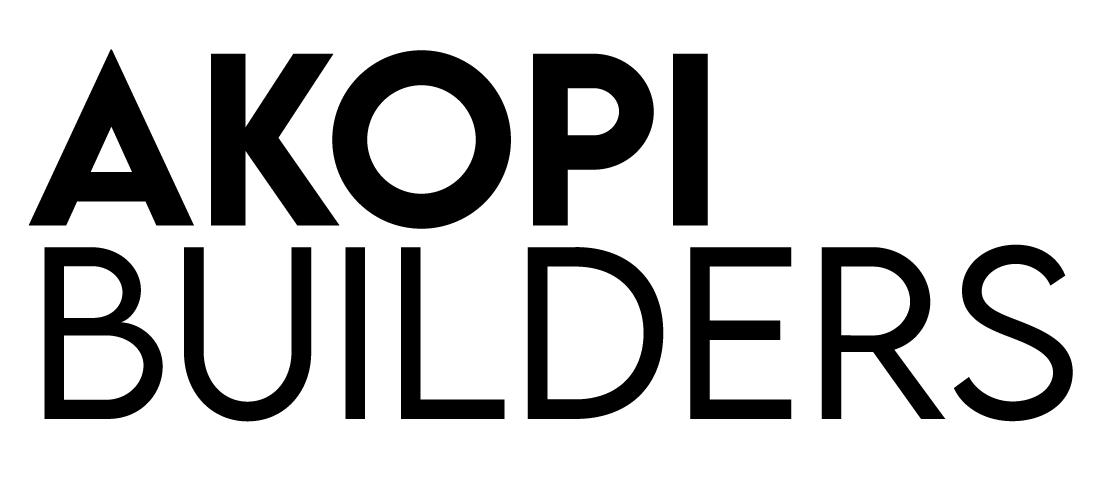


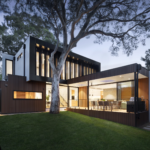
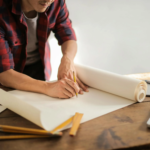
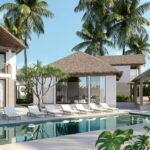
 Akopi Builders is a Los-Angeles-based general contractor focused on modern design, interiors and landscapes. From our inception, we have delivered exceptional works. As a full-service contractor.
Akopi Builders is a Los-Angeles-based general contractor focused on modern design, interiors and landscapes. From our inception, we have delivered exceptional works. As a full-service contractor.